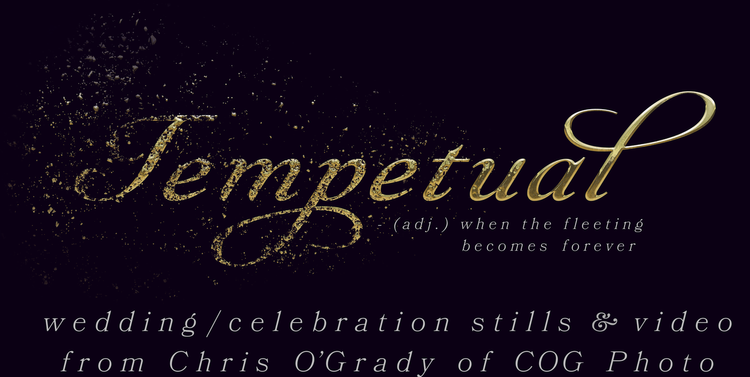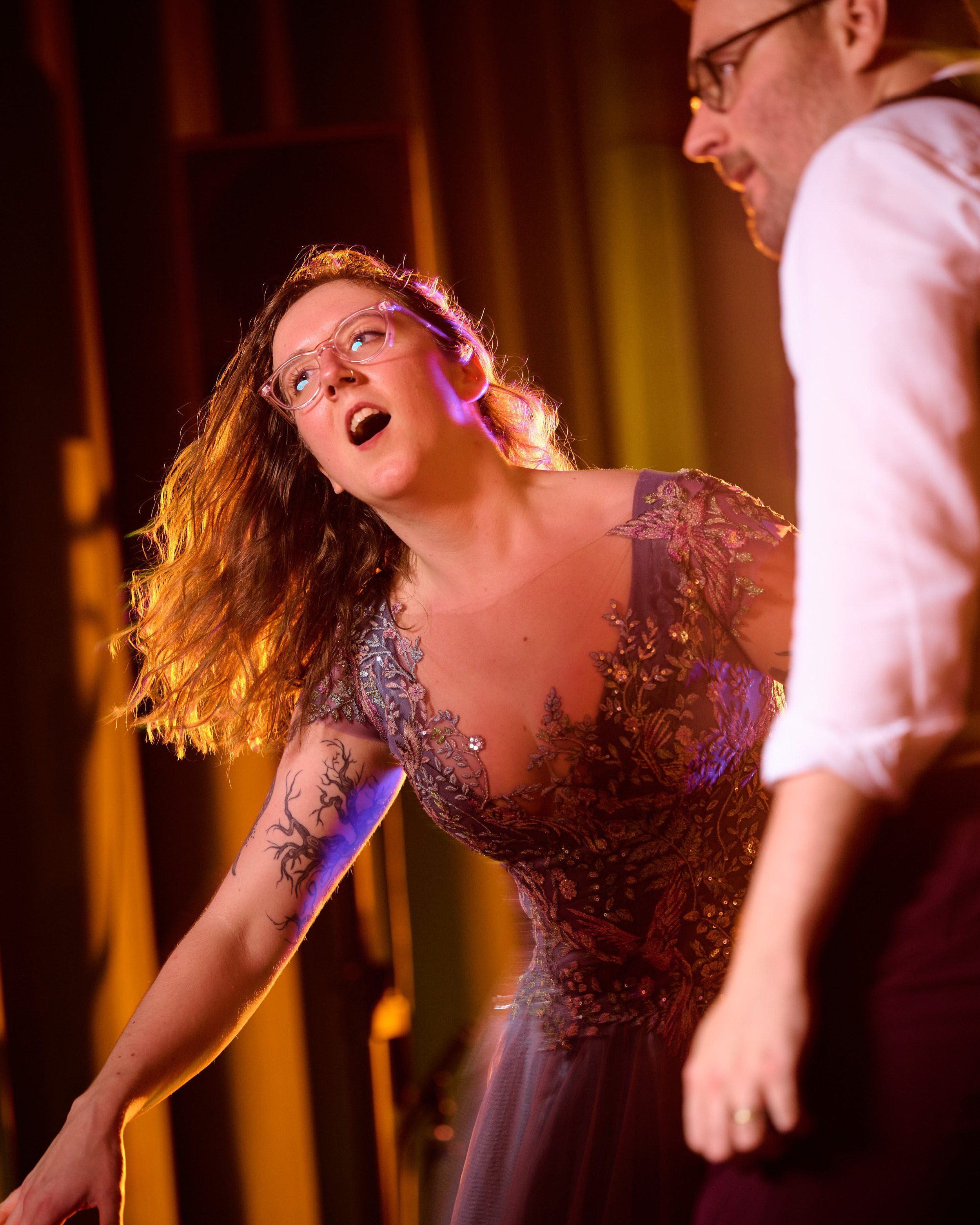Here’s a paradox for you: if fast moving action requires fast shutter speeds, and low light conditions require slow shutter speeds, how on Earth do we shoot people dancing at night?
Well, there are two solutions, both with problems:
#1 Raise your camera’s ISO, this makes the image brighter but at the extreme expense of picture quality. It makes it noisy (or grainy) which isn’t always the worst thing but in excess is quite ugly. More importantly it ruins all colours, skin tones, and the effective resolution of the photo, making it very difficult to print.
#2 You add extra light with flashes, the problem with that is overpowering the ambient light in the room removes all ambience from the image and makes it no longer representative of the event.
Over many years of tackling this kind of problem my favourite solution is to utilise two off-camera lights. Why two? Well the worst thing you can do is shoot with a flash on-camera, aimed directly at your subjects, turning them into Casper the friendly ghost!
So, I want a backlight that can separate the subjects from the background, and a key light that illuminates their face in a soft and subtle enough way to not ruin the mood. Said backlight shouldn’t look out of place, so I’ll always start by looking at what lighting there already is (I’m not going to blast purple at people if the room is all white disco balls), to make sure I am mimicking a best-case scenario of light hitting the right spot. All I am doing is guaranteeing that look every time. We’ve all seen how our friends look on the dance floor in that split second the disco light hits just right, well I’m replicating that look every time.
Regarding the frontal key light, it needs to be off-camera, and soft. There are two ways of doing this, it has to either get bounced off a large reflective surface (white wall/ceiling), or I have to crack out a big-ass soft box. Here are examples of two different setups, a fixed one in a challenging space, and a mobile one in a simpler space.
Setup #1 already had bright, coloured disco lights coming from the right side of the dance floor, so I supplemented this with a deep orange flash on that side, but high up enough to skim over the heads of the entire crowd. The ambient light was very low over there, so my key light was a 105cm soft box with a grid, this creates a soft, but directional light across the faces of the entire dance floor. The restriction with this setup is I have to shoot in one direction, which worked out fine, and sometimes being a bit off axis can still work out well.
Setup #2 was a less directional space, with a low, white ceiling. The lighting in the room, was mostly white roaming spotlights/disco balls, so I had my assistant hold a white flash on a pole and continuously move to be in the back of every photo as I rotated around to provide the backlight. The key light was from bouncing a second flash I was holding off the ceiling, this flash isn’t normally mounted to the camera, I hold it in my left hand so I can point it exactly where I want, while shooting the camera with my right hand (yes I do this with a massive 70-200 f/2.8 lens, this is why you need to hire a photographer who climbs!). Changing where I aim the handheld flash means I am effectively placing a virtual soft box at different places above my subjects to get the right amount of facial lighting.
This whole thing is a balancing act, and I believe it’s a very high skill level balancing act. Hopefully you can appreciate the final look of these images even though the conditions were extremely challenging!








